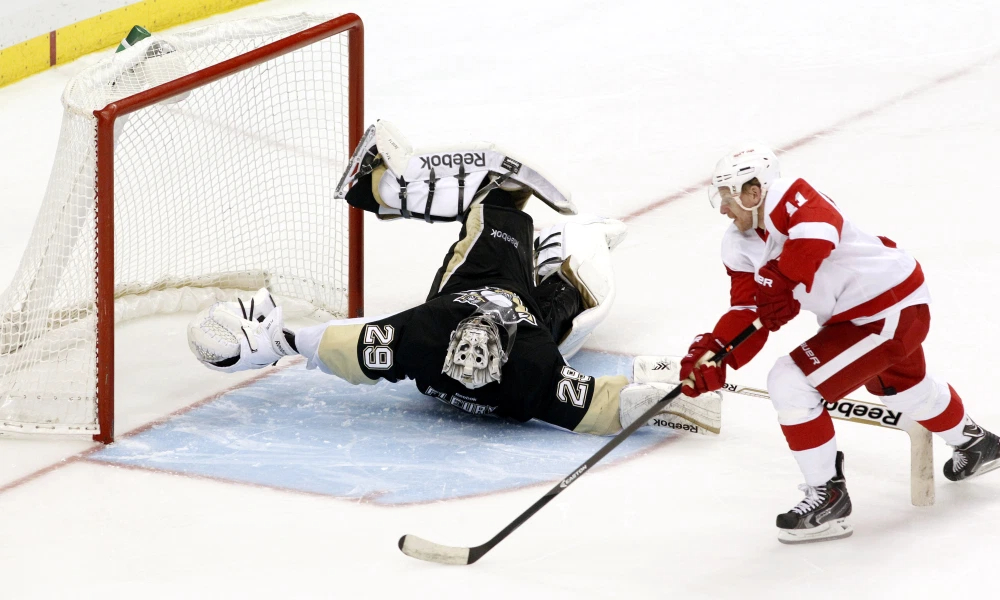For now, the shootout is just another part of the game.
Why does the shootout exist?
In 2005, the National Hockey League announced that any regular-season games that remained tied after an overtime period would result in a shootout. This completely eliminated ties to make for a guaranteed winner each game. Originally, if a game was even after the five-minute, four-on-four overtime period, teams would go to a shootout. The rule inevitably changed to a three-on-three overtime period for the start of the 2015-2016 season.
Rules are obviously different in regards to international play.
The International Ice Hockey Federation (IIHF) runs with the same five-minute, four-on-four system the NHL used to operate with for all regulation overtime periods. During the quarter-final, semi-final and bronze medal games, overtime will increase to a 10-minute period, followed by a shootout. In the gold medal game a 20-minute, sudden-death overtime period is played, followed by a shootout.
The gold medal game is required to end in a shootout.
Last year’s Canada vs. U.S.A championship game is a perfect example of how heartbreaking a shootout loss can be. To one side it can be viewed as a lazy way to finish what was an intensely competitive game, and an ineffective way at finding a true winner in a team sport. To the other, all cares are set aside to celebrate the victory.
Unlike the IIHF, the NHL drop the shootout in playoff situations. During the Stanley Cup playoffs, if a game needs quadruple overtime, it gets quadruple overtime. The game — as it should — ends with whichever team can score first. This makes for Stanley Cup playoff overtime hockey to be the most captivating sporting entertainment all year.
There’s no taking away what the shootout brings. It was established to add something new, progressive and exciting to the game. In its first season, the New York Rangers and Washington Capitals set a record for the longest shootout. Marek Malik was the saving grace when he scored in the 15th round to give the Rangers the win.
Talk about entertainment.

Personally, the shootout has its positive aspects, but for the most part, it’s an ineffective way to end a hockey game. By changing overtime periods to three-on-three so more games would result in a fair ending, the NHL practically agreed that the shootout is not the appropriate way to go about winning.
One thing is for sure; this topic has led to several debates in the past and multiple in the future. For now, it’s just part of the game.

